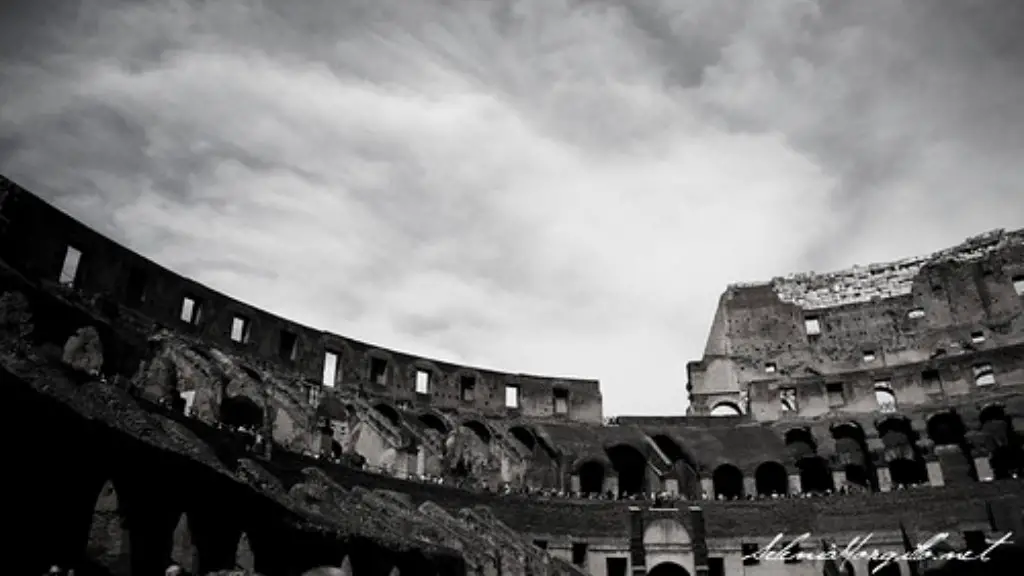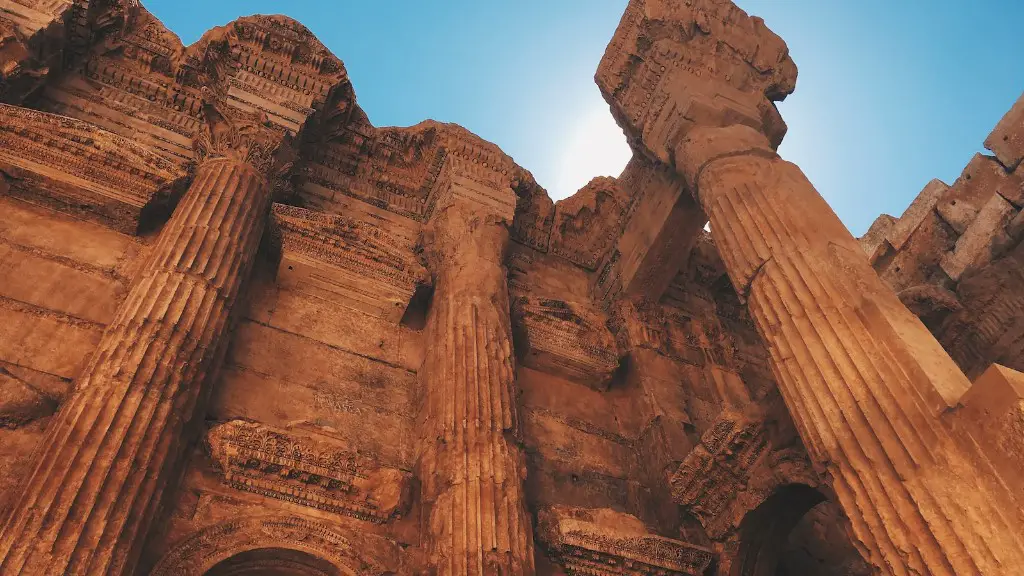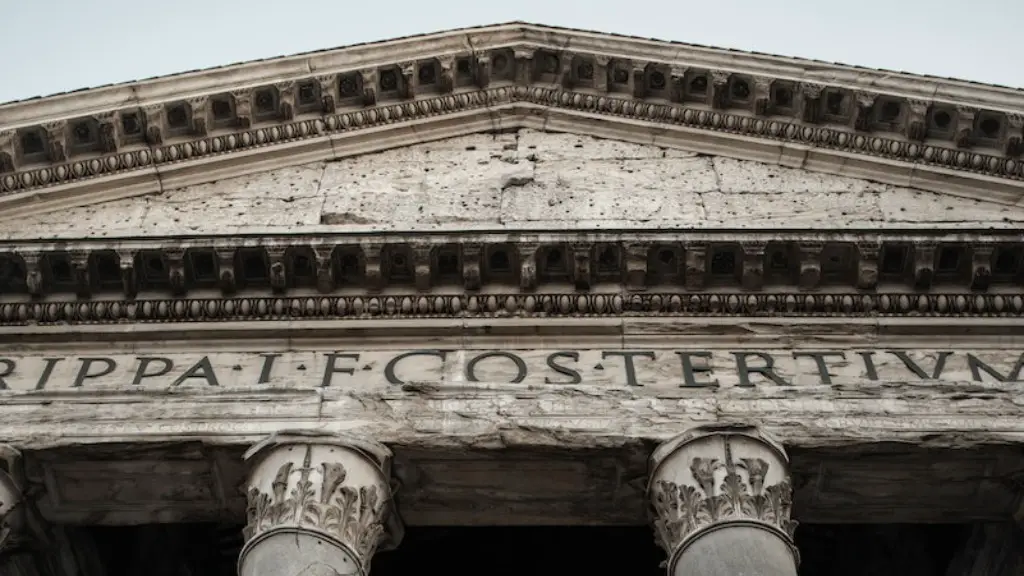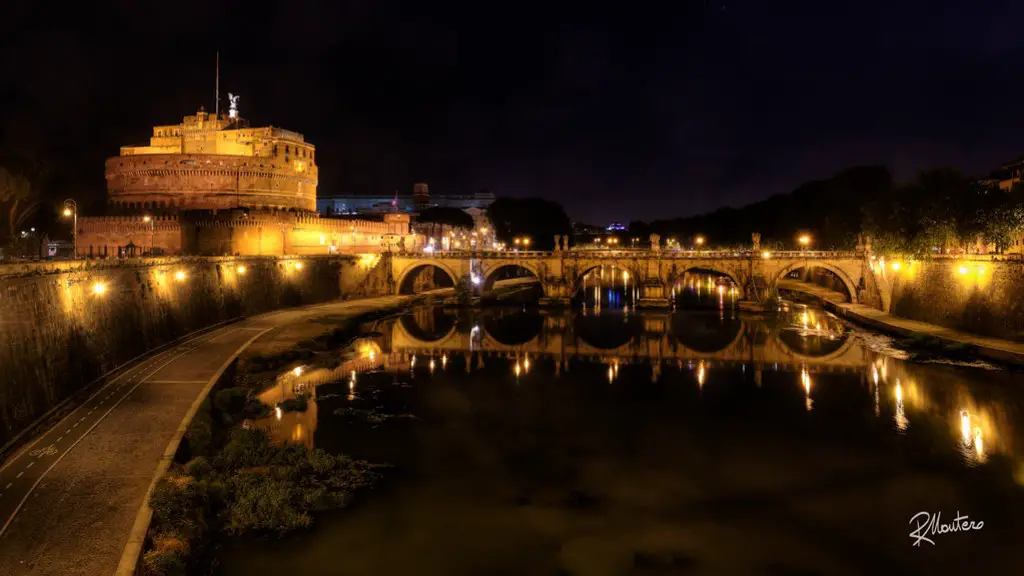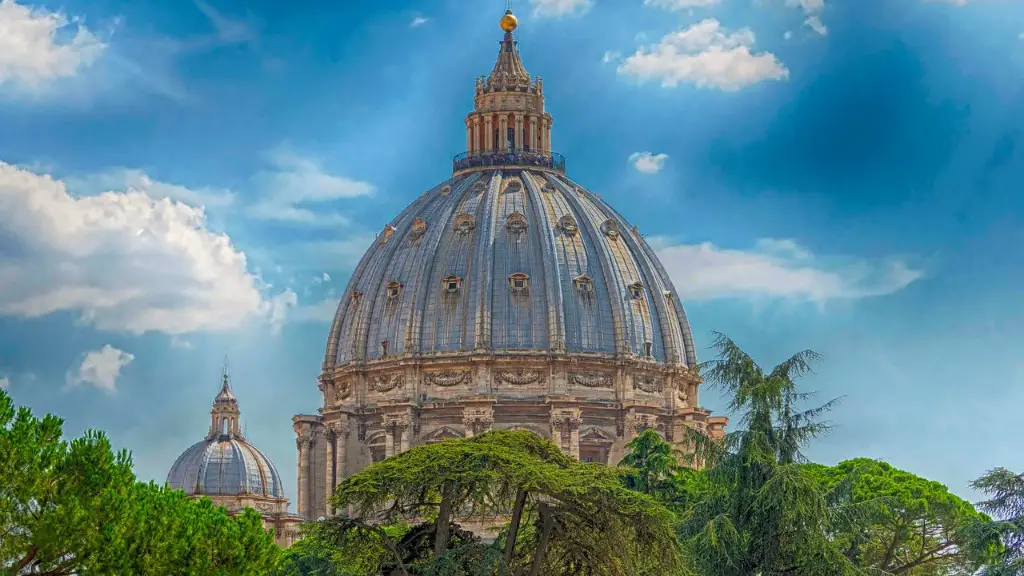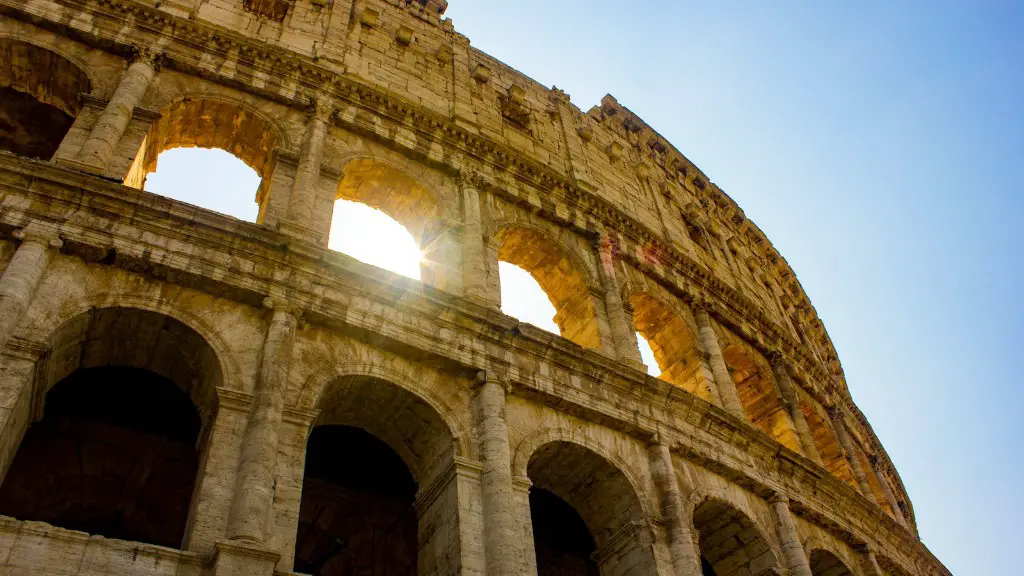The Roman Empire can be traced back more than 2,500 years, and during its long history, the ancient Romans had a very intricate religion and developed a pantheon of gods and goddesses. Ancient Roman religion was based heavily on mythology and the gods and goddesses were all thought to have had certain powers or roles that contributed to the way people lived their lives. The religion had a set of rituals and sacrifices that were practiced on a daily basis. Although the Romans adopted many beliefs from other cultures, their gods and goddesses were uniquely Roman.
Who Did Ancient Romans Worship?
The ancient Romans had a complex system of gods and goddesses. The three most important gods were Jupiter, or Jove, the king of the gods, Mars, the god of war, and Quirinus, the god of the Roman people. In addition to these three major gods, there were also numerous gods associated with aspects of daily life, such as Vulcan, the god of fire and blacksmithing, and Juno, the goddess of fertility and marriage. Other important gods included Apollo, who was associated with music and healing, and Mercury, who was associated with commerce and luck. Each of the gods was responsible for the well-being of their people and were worshipped in much the same way as gods in other cultures.
Roman Priesthood and Temples
The ancient Roman religion was presided over by a group of priests known as the Vestal Virgins. It was their responsibility to ensure the gods were propitiated and to perform the daily sacrifices. The Vestal Virgins were some of the most respected members of society and were highly honored in death, with a grand funerary procession and burial in a sacred tomb. In addition to the Vestal Virgins, there were also the priestesses of Vesta, the goddess of the home, and the Flamen, the priest of Jupiter.
The Roman gods and goddesses were worshipped at special temples and shrines known as templa. These temples were often grandiose and decorated with symbolic imagery. Sacrifice of animals, primarily pigs and sheep, was a common way of honoring the gods and goddesses, and offerings of food and incense were also important parts of the ritual. These ceremonies were thought to be necessary in order to ensure the favor of the gods.
Forms of Worship
The ancient Romans had a number of specific rituals and customs which were used to honor their gods and goddesses. The most notable of these rituals was the Ludi, or games, which were held in honor of the gods and included chariot racing and theatrical performances. Another important practice was the offering of sacrifices, both to the gods and to the dead. Prayers and offerings of food and incense were also important parts of worship. Most of these practices continue to be observed by modern adherents of the Old Roman Religion.
In addition to rituals, the ancient Romans also had a number of festivals which were dedicated to certain gods and goddesses. These festivals were usually held at certain times of the year and were used to mark important aspects of the Roman calendar, such as the summer and winter solstices and the harvest festivals.
Influence of Ancient Roman Religion on Christianity
The ancient Roman religion had a far-reaching influence on the development of Christianity. Many aspects of Christian worship and doctrine such as baptism, the Eucharist, and the Seven Sacraments are derived from the practices of the ancient Roman religion. In addition, many of the gods and goddesses of the ancient Roman pantheon have been incorporated into Christian worship as saints and angels.
The ancient Roman religion was a complex and ever-evolving belief system which was highly influential in the development of the modern world. It had a close relationship with many aspects of Roman culture, from spectacular festivals to the building of grand temples. Its influence is still evident today, as many of its rituals and beliefs have been incorporated into modern faiths.
Hallmarks of Ancient Roman Religion
The ancient Roman religion was a fascinating blend of traditional Roman beliefs and practices, as well as a large number of imported cults from around the Mediterranean region. The religion was highly organized and had a highly sophisticated set of rituals and ceremonies. The Vestal Virgins played an important role in the worship of the gods, and elaborate temples and shrines were built to honor the gods and goddesses. Sacrifice was an important part of worship, and public games and festivals were held in honor of particular gods.
Most importantly, the ancient Roman religion was a system of beliefs that people could use to understand their place in the world and their connection to the divine. Although many of the specifics of the religion have been lost to history, the fundamental concepts of the religion live on in modern practices and beliefs.
Death and Funerary Rites
Death was a major part of ancient Roman religion, and the dead were accorded much respect. Funerary rites were elaborate and carried out with great solemnity. These rites included the embalming of the body, the wearing of special funeral garments, and the offering of sacrifices and libations. It was believed that the spirits of the dead could visit the living, and so funerary rituals were seen as an important way of honoring the dead and ensuring their well-being.
Funerary practises were often quite elaborate. For the wealthy, lavish sarcophagi depicting scenes from mythology, the deceased’s life and other religious symbolism were constructed. For the poor, a simple tomb or cenotaph was often all that could be provided. Regardless of their social standing, the dead were venerated and remembered through ceremony, offerings, and prayers.
Decline of Ancient Roman Religion
With the fall of the Roman Empire in the fourth century, most of the beliefs and practices of the ancient Roman religion were abandoned for other faiths. In particular, Christianity became the official religion of the Roman Empire and rapidly spread throughout Europe. Despite the decline of the religion, its influence can still be felt across the modern world, from relics and artifacts that have been preserved in museums to the rituals of modern religions.
The ancient Roman religion was a complex and fascinating belief system that was highly influential in its day. It provided the people with a way to understand and relate to the gods and goddesses, and to honor the dead with grand funerary rites. Although the religion has faded, its legacy can still be seen in the modern world.
